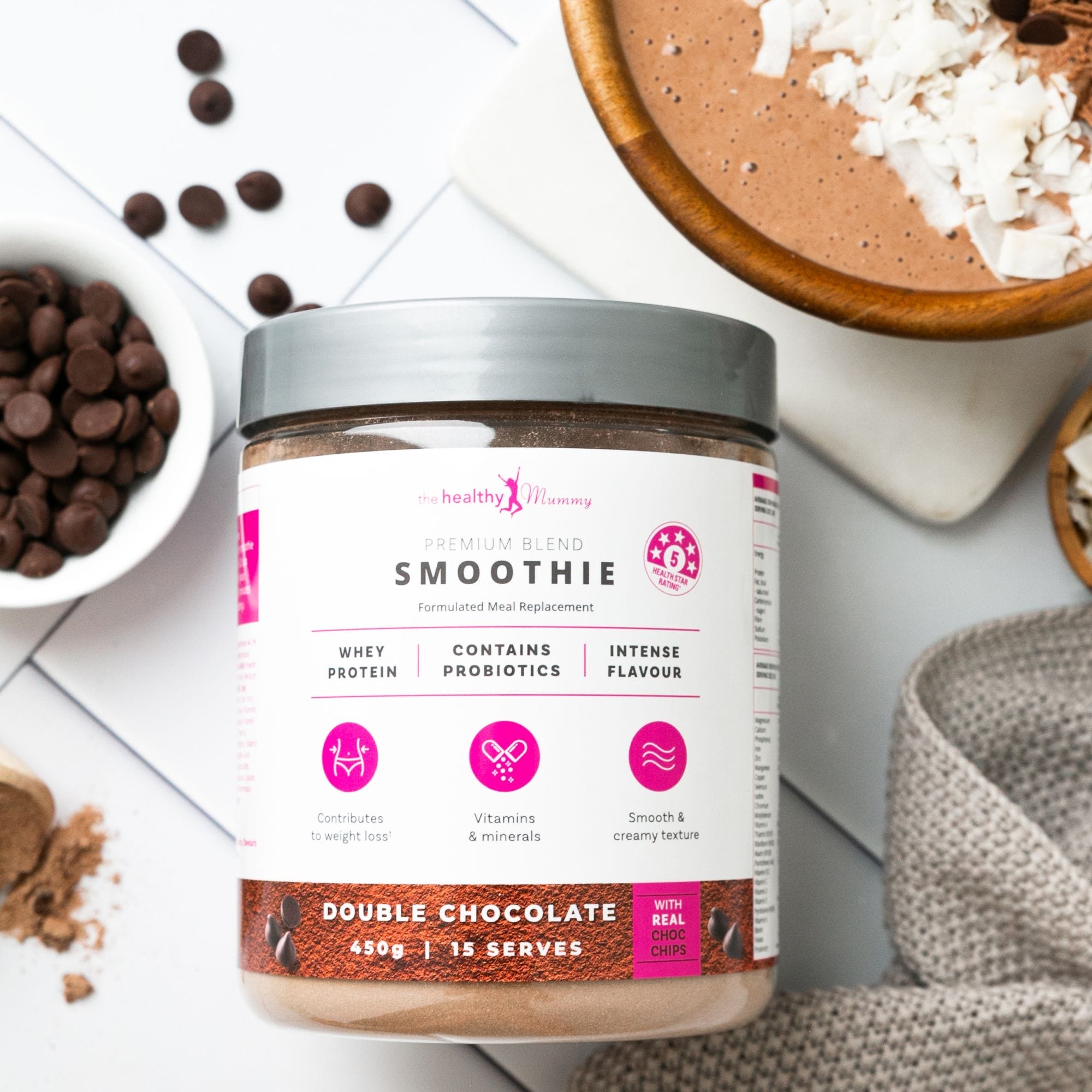Food Reactions & Allergies
There is a difference between a food reaction and food intolerance, we breakdown the typically symptoms of food reactions and intolerances to help you differentiate.
There is a difference between a food reaction and food intolerance.
Food allergy is an immune response, while food intolerance is a chemical reaction. Food intolerance does not involve the immune system and does not cause severe allergic reactions (anaphylaxis).
Symptoms of food allergy include wheezing, stomach upsets and skin rashes. Anaphylaxis is a severe allergic reaction and can be life-threatening.

The symptoms of food allergy/food reaction can be life-threatening. Common symptoms include:
- itching, burning and swelling around the mouth
- runny nose
- skin rash (eczema)
- hives (urticaria – skin becomes red and raised)
- diarrhoea, abdominal cramps
- breathing difficulties, including wheezing and asthma
- vomiting, nausea.
Various body parts affected by a food allergy, some of these include;
- eyes – itching, watering
- nose – stuffiness, sneezing
- mouth – itching, swelling
- throat – swelling
- digestive system – stomach pains, vomiting, diarrhoea
- skin – rashes, such as hives (urticaria) or atopic dermatitis
- lungs – wheeze, cough, asthma, more common in children than adults
- central nervous system – headache, irritability, fatigue, convulsions.
Causes of food allergy
Peanuts, tree nuts, eggs, milk, wheat, sesame, fish, shellfish and soy cause about 90 per cent of food allergic reactions. Peanut allergy is one of the most common allergies in children today, approximately one in four children will outgrow peanut allergy.
Causes of food intolerance
The foods that tend to cause intolerance reactions in sensitive people include:
- dairy products, including milk, cheese and yoghurt
- chocolate
- eggs, particularly egg white
- flavour enhancers such as MSG (monosodium glutamate)
- food additives
- strawberries, citrus fruits and tomatoes
- wine, particularly red wine
- histamine and other amines in some foods
Avoiding the food
The easiest way to treat a food allergy or intolerance is to eliminate the offending food/s from the diet. Sometimes, the body can tolerate the food if it is avoided for a time, then reintroduced in small doses, particularly for food intolerances. Before you eliminate or reintroduce foods, It is best to seek advice from a specialist doctor and nutritionist.
Sarah Michelle Weir
Adv Dip Nutritional Medicine









